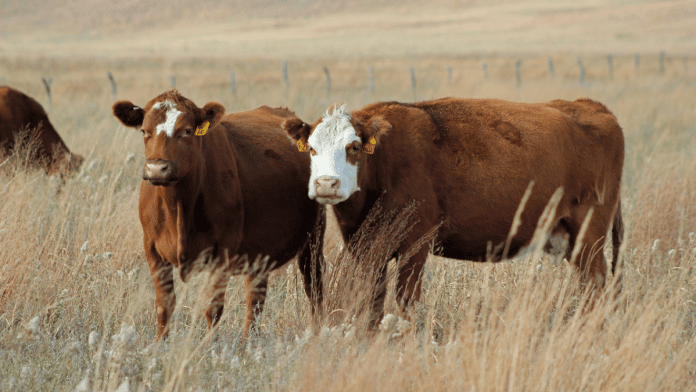News in brief: A team of scientists from the University of Illinois has developed a new cow breed in Tanzania, capable of producing up to 20 times more milk than indigenous breeds. This innovation could improve nutrition and livelihoods for Tanzanian farmers, with plans to distribute the cows throughout the country.
A team of animal scientists from the University of Illinois Urbana-Champaign has developed a new breed of cow that could revolutionise dairy farming in Tanzania.
According to a news coverage of the story, the cows, which are a cross between Holsteins, Jerseys, and Gyrs, are capable of producing up to 20 times more milk than indigenous breeds.
The effort, which is published in the journal Animal Frontiers, was led by Matt Wheeler, a professor in the Department of Animal Sciences. He and his team crossed the three breeds over five generations to create a cattle that is both heat, drought, and disease-resistant, and capable of producing high yields of milk.
Under typical Tanzanian management, the new breed of cow is capable of producing 10 liters of milk per day, a significant increase over the half-liter average yield of indigenous cattle.
Wheeler believes that the new breed of cow could be a game-changer for subsistence farmers in Tanzania. By increasing milk production, the cows could help to improve the nutrition and livelihoods of farmers and their families.
Wheeler is currently in the process of bringing embryos of the new breed of cow to Tanzania. He will work with local farmers to breed and distribute the cows throughout the country.



